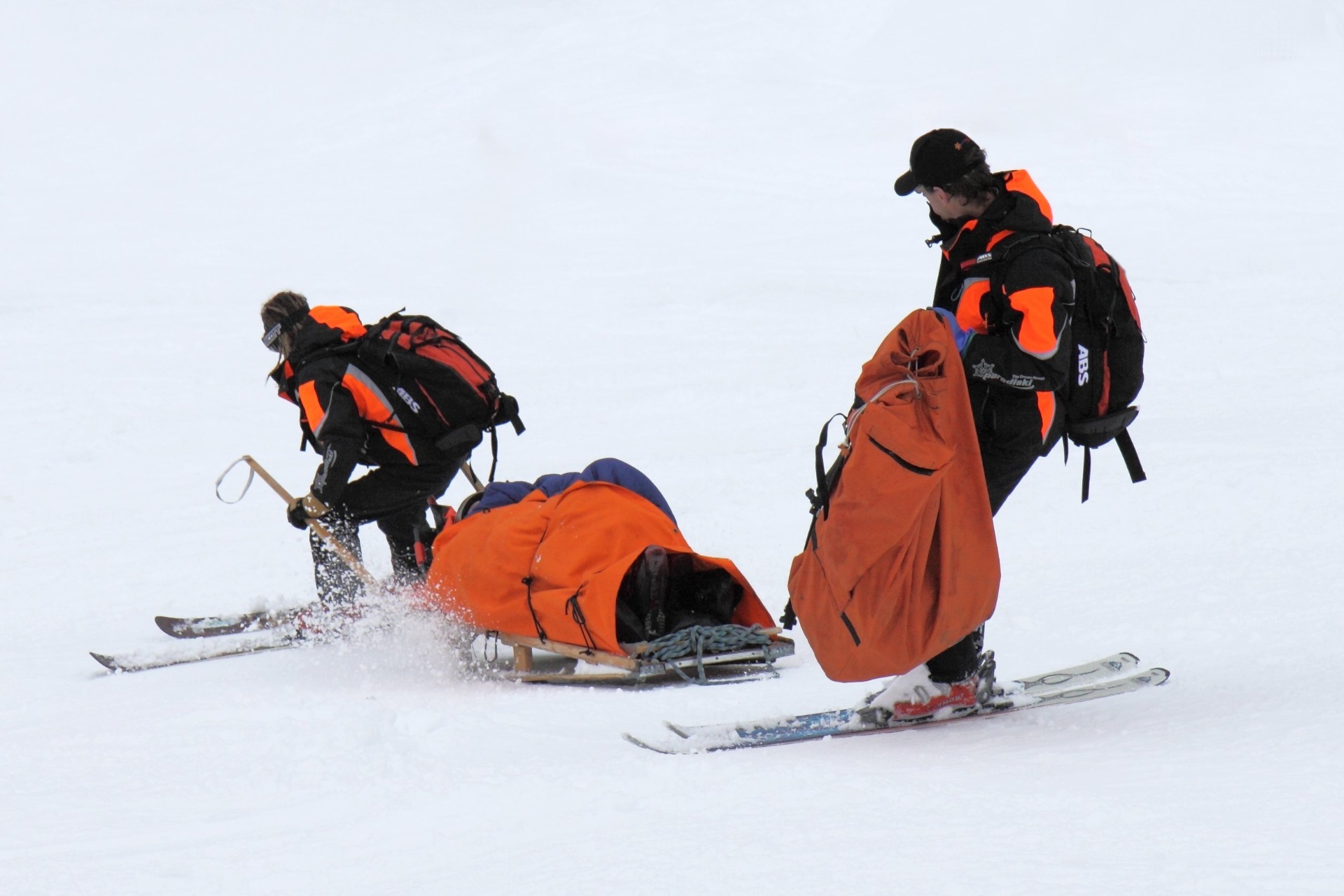Avoiding Ski Injuries
Posted on 1st February 2024 at 12:40
Ski season is almost upon us! Are you ready and fit for your next skiing trip?
Downhill skiing continues to increase in popularity. The skiing industry has made the sport accessible to more people. Faster ski lifts and expansion of trails at ski areas, as well as improved snow making capabilities, have increased the numbers of skiers on the slopes.
Dramatic changes have occurred in the equipment and advancements in binding design continue to reduce the number of lower extremity injuries. Falls are an obvious cause of injuries, accounting for approximately 75-85% of skiing injuries. Collisions with objects including other skiers, account for between 11-20%, while incidents involving ski lifts contribute between 2-9%. Studies demonstrate that the majority of injuries are sprains, followed by fractures, lacerations and dislocations.
The main injuries that we see at Bodyworks are knee ligament injuries. We have also seen an increase in collisisons, mainly with snow boarders!

Knee Damage

Several studies have demonstrated that the most common injury to the knee is damage to the medial collateral ligament (MCL). This injury occurs with slow twisting falls or when beginners maintain a snowplough position for lengthy periods and stress the ligament. Virtually all degrees of MCL sprains can be managed conservatively with good physiotherapy.
Another common knee injury is rupture of the anterior cruciate ligament (ACL). Many factors can attribute to this injury, such as a backward fall as the lower leg moves forward. A similar shearing force can occur when the lower leg is suddenly twisted away from the upper leg as in “catching an edge.” These injuries often require surgical repair and extensive rehabilitation. Fractures of both the femur and tibia occur more commonly with violent twisting falls or collisions.
Upper Body Injuries
Injuries to upper extremities account for approximately 30-40% of all injuries. The most vulnerable joint of the upper body is the thumb. Injury to the ulnar collateral ligament of the thumb is second in frequency only to MCL injuries of the knee. These injuries occur when a skier falls on an outstretched arm that is still gripping the pole. The thumb is suddenly pulled outward, injuring this joint.
While fractures of the upper extremity are infrequent, dislocations of the shoulder are quite common.
Head Injuries

Head injuries are also not uncommon. It is important that you are wearing the correct protective head gear.
Make sure that you stay within your comfort zone and do not try runs that are beyond your expertise.

Top Tips For Avoiding Ski Injuries
Take lessons, the better your technique, the less chance you will put undue strain on your joints
Carry out pre ski fitness, speak to us if you would like help with this
Keep warm
Wear the correct ski equipment, including a helmet
Set your bindings correctly
Take the lift at the end of the day. You will be tired, the pistes may be icy and crowded, and there will probably be bare patches in the snow - a perfect recipe for a fall
Keep within your comfort zone. Control is good, bravado is bad
Keep well hydrated as this will keep you alert. Don't drink alcohol at lunchtime, it slows your reactions and makes you more reckless!
Seek advice immediately after an injury. Clinics in ski resorts are well versed in treating injuries
Share this post:



